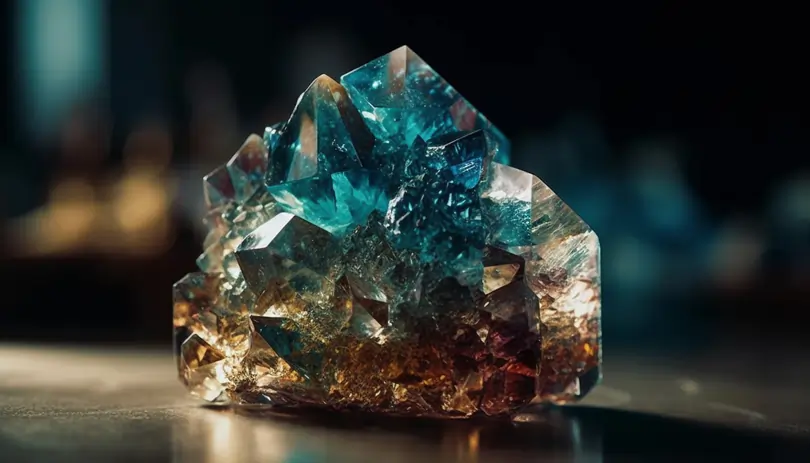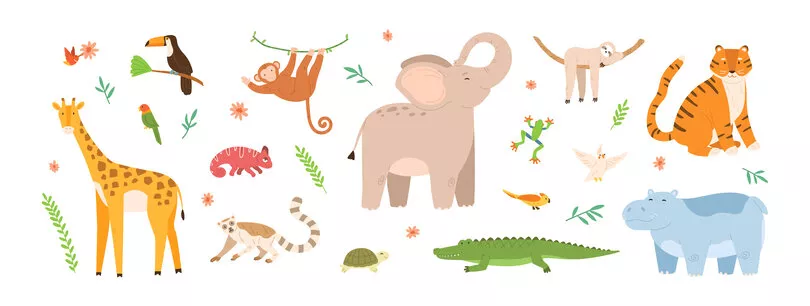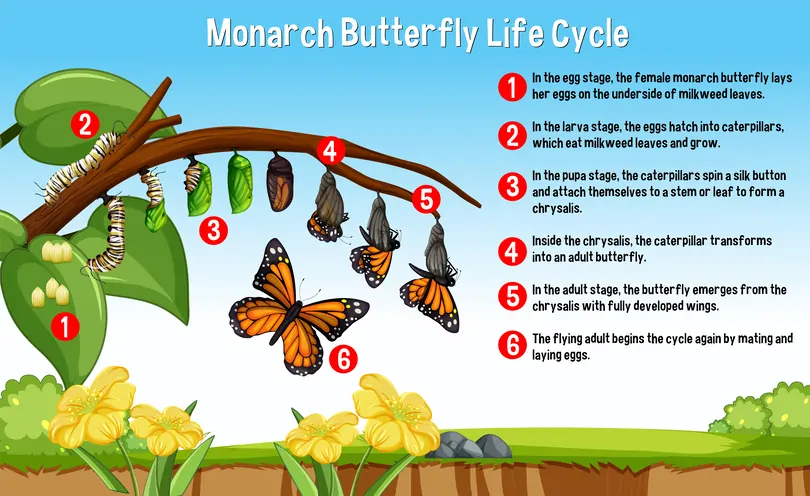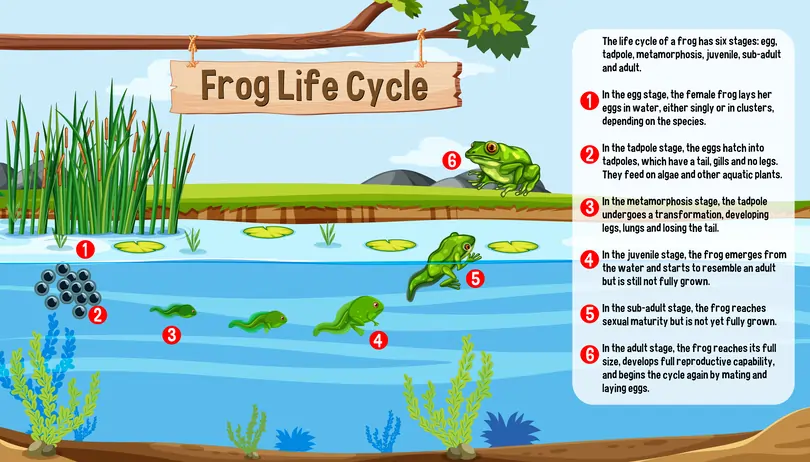Animal Life Cycle
In this article, you will be introduced to the concept of life cycles of animals based on the Singapore Primary 4 Science Syllabus. You will also learn about the different stages of life cycles.
Watch our video lesson!
Note: This video lesson on Animal Life Cycle is just one of the many weekly GenieClass lessons you can attend from the comfort of your home. If you prefer learning in a physical classroom, check out our new tech-enhanced tuition classes at Geniebook CAMPUS.
What is a cycle?
For starters, let's talk about what a cycle actually is. Simply put, a cycle is a pattern that repeats itself continuously.
For example:
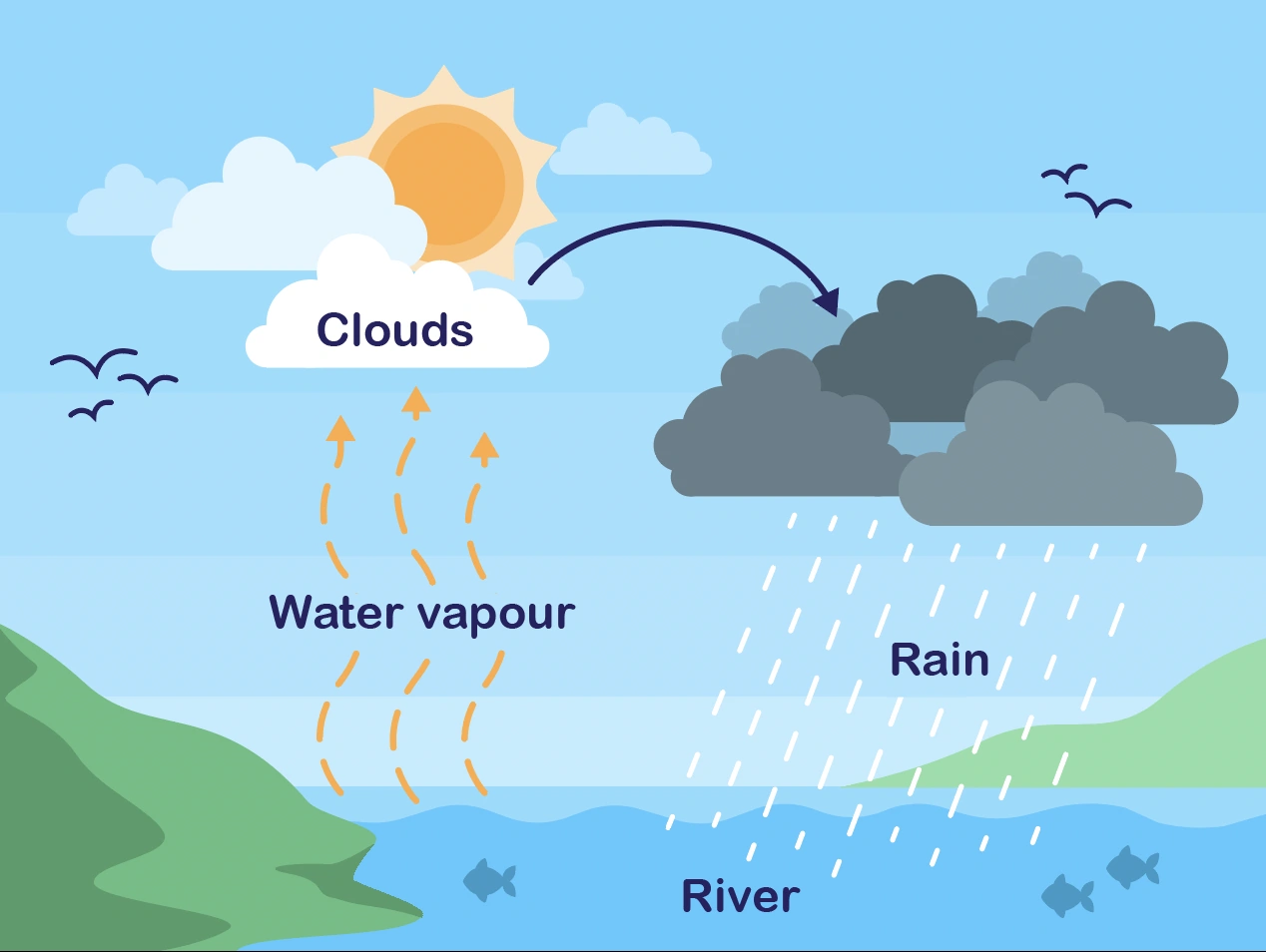
Water Cycle
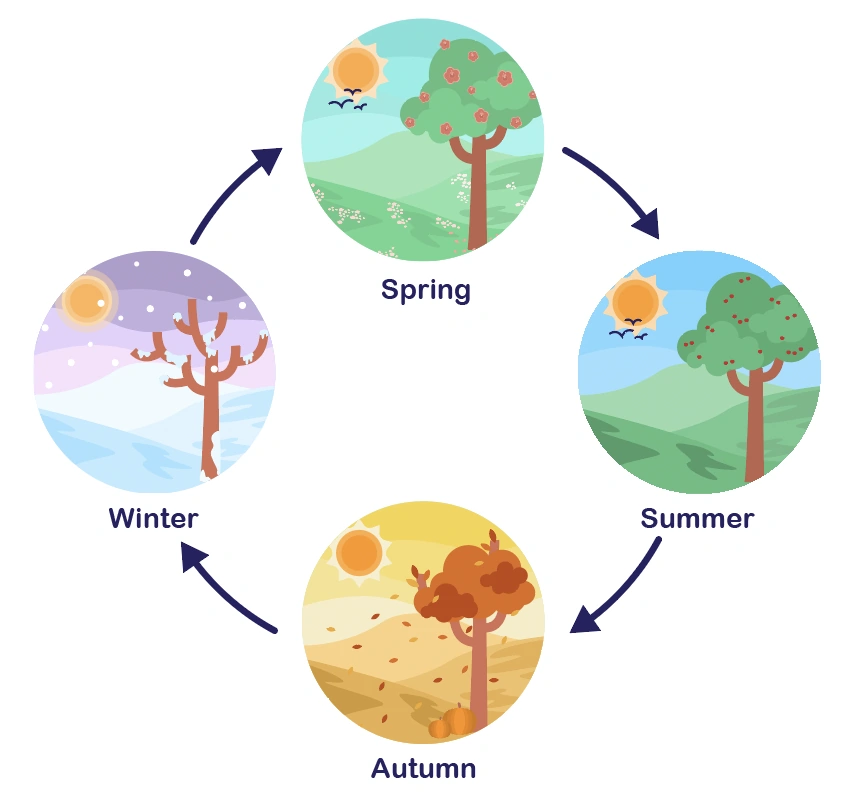
Four Seasons
What is a life cycle?
A life cycle is a pattern that repeats the stages of development of living things. The young go through the same life cycle as their parents. A life cycle shows the stages of development of the organisms. A stage represents a step in the life cycle of a living thing.
There are different number of stages of life cycles for different organisms.
- Three-Stage Life Cycle
- Four-Stage Life Cycle
Three-Stage Life Cycle
The three-stage life cycle consists of the egg, the young and the adult.
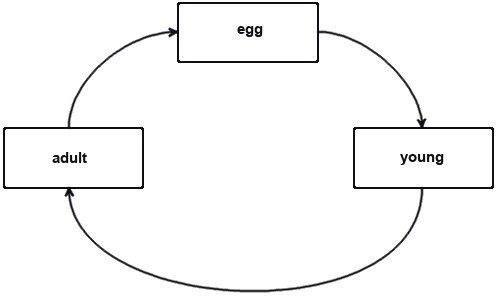
Examples of organisms with three-stage life cycle:

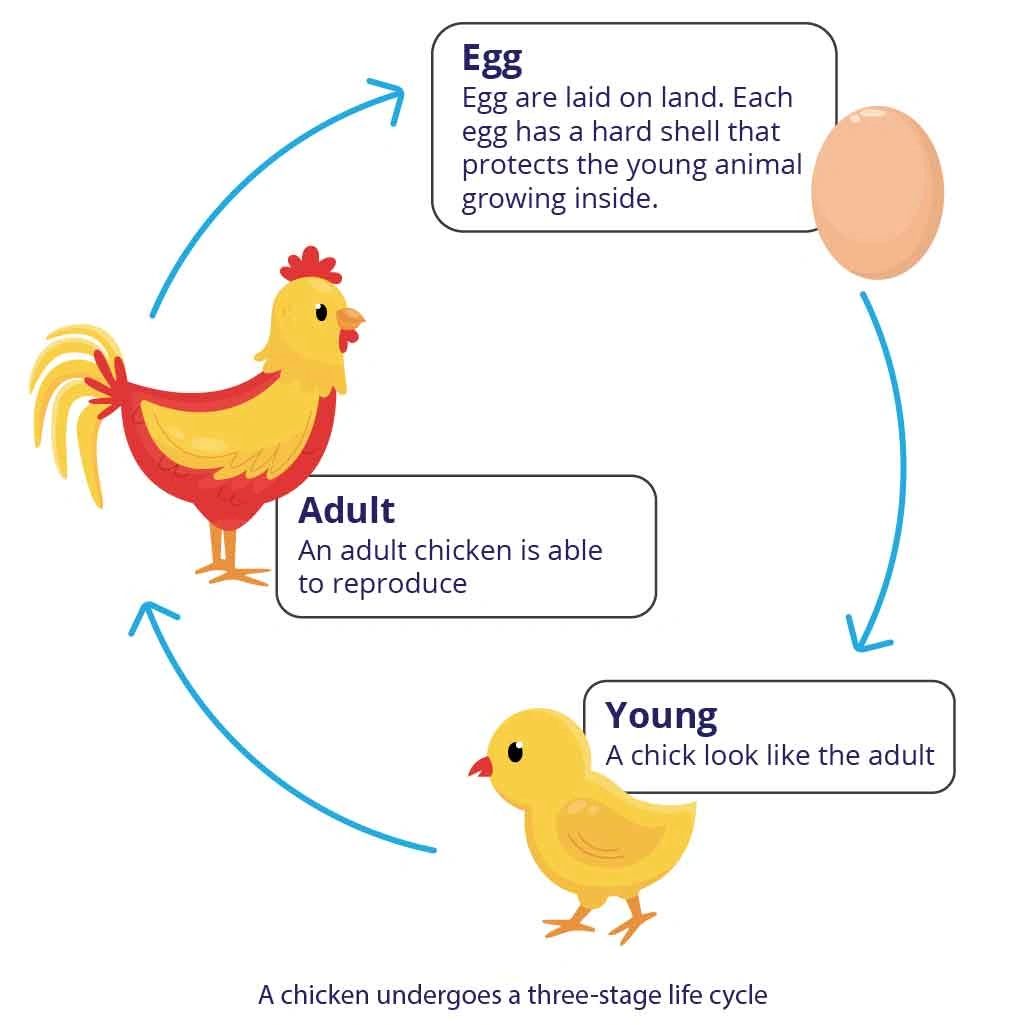
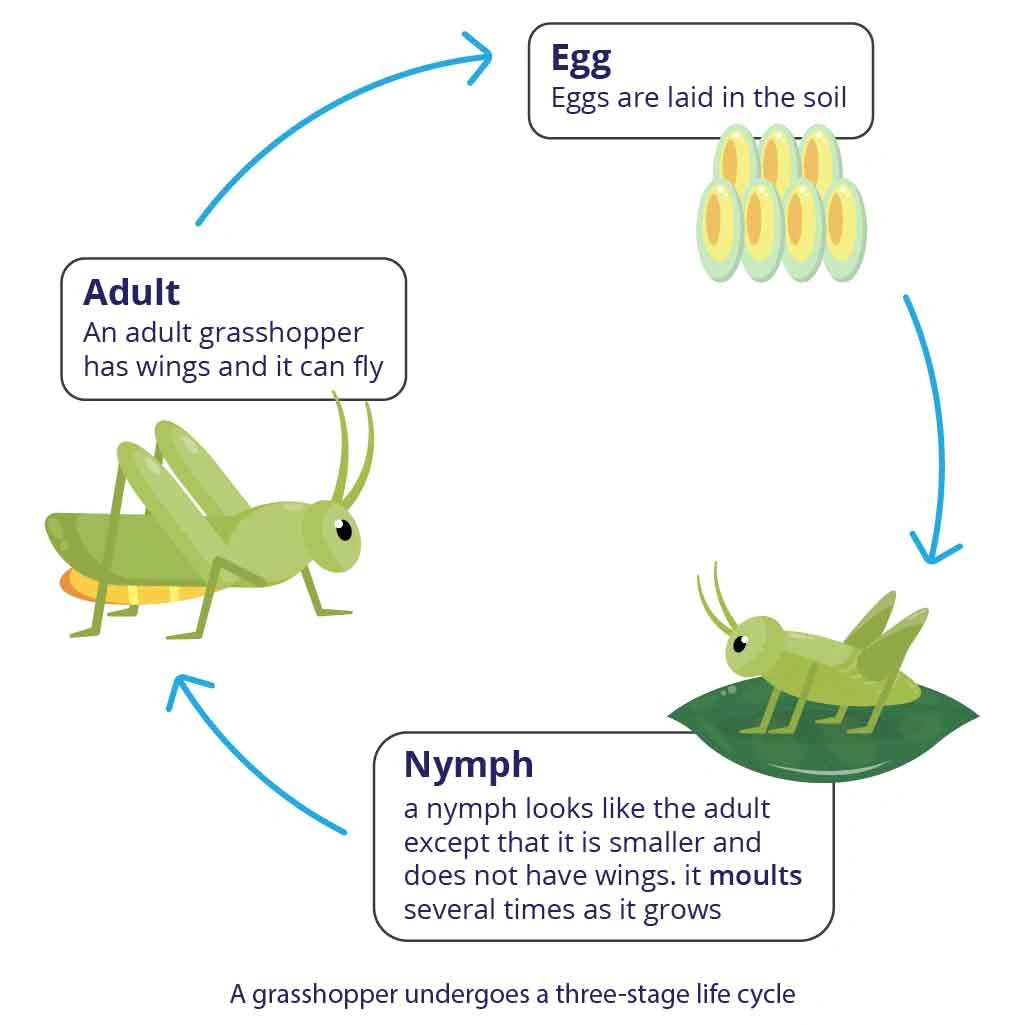
Four-Stage Life Cycle
The four-stage life cycle consists of the egg, the larva, the pupa and the adult stages.
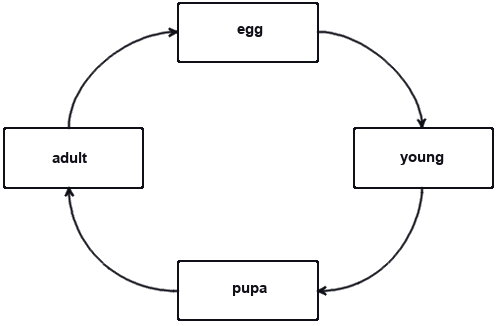
Examples of organisms with four-stage life cycle:
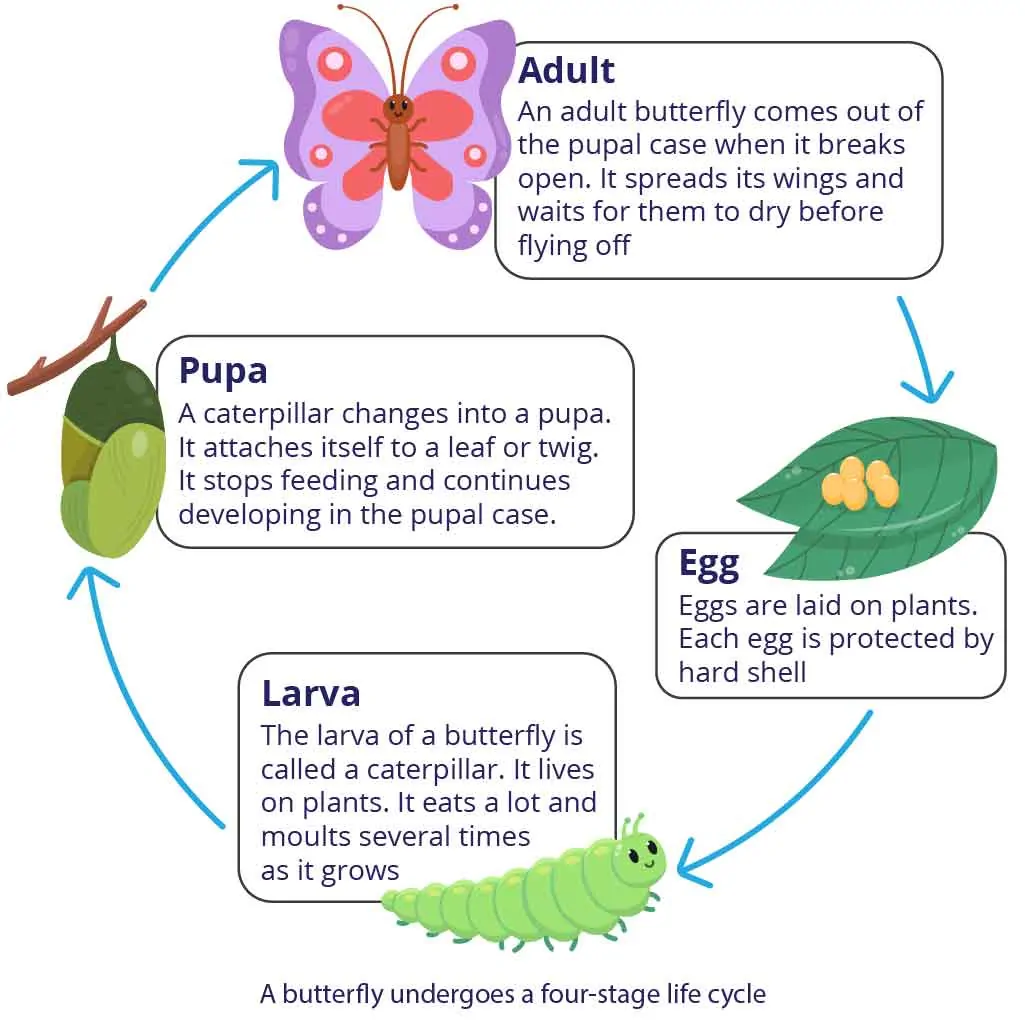
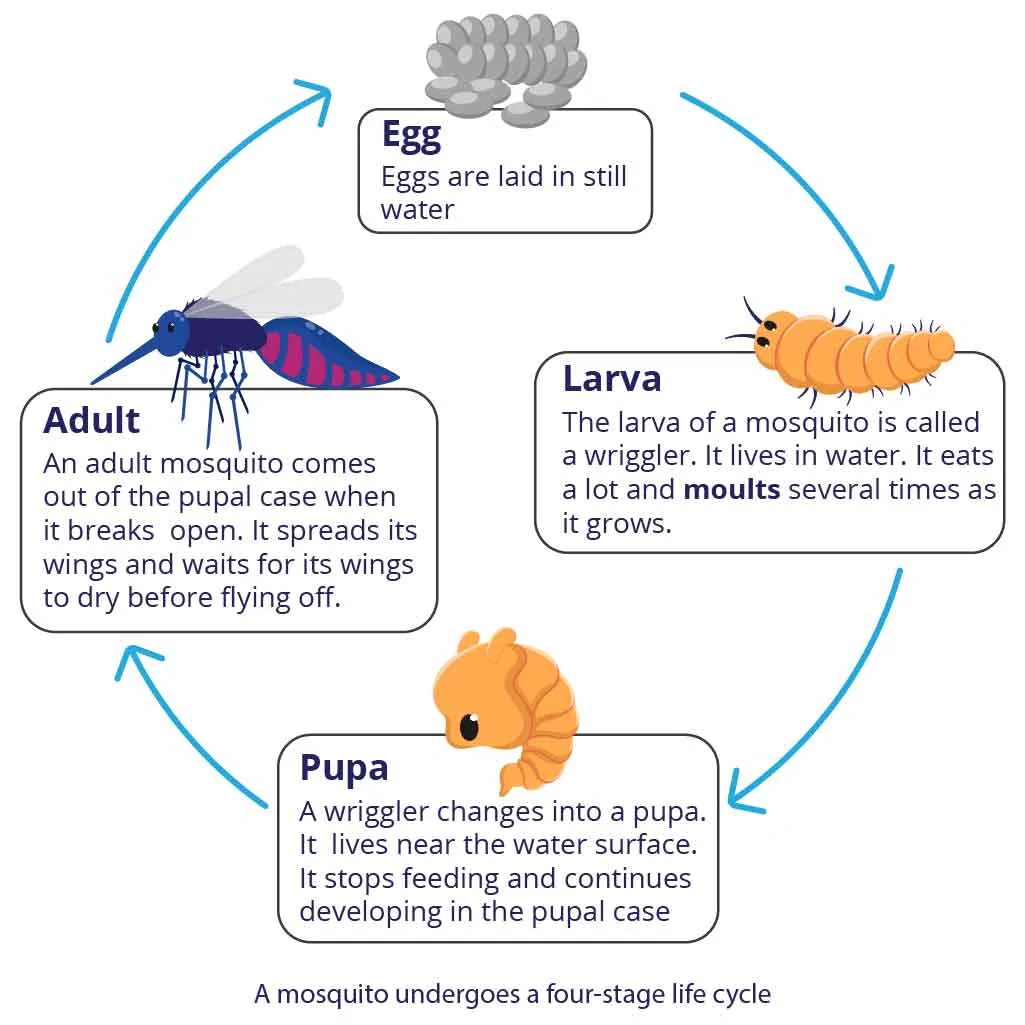
Conclusion
In this article, we learned about what a cycle and life cycles are. We also understand that life cycles can be classified according to the number of stages that they have: three-stage life cycle and four-stage life cycle. We have also examined the different stages in the life cycles of different organisms.
Test Your Concepts
Answer the following questions based on the concepts that we have covered in this article. If you are unclear, you may want to revisit the relevant section to revise the concepts.
Question 1:
Study the life cycles of the grasshopper and the mosquito as shown in the diagram below.
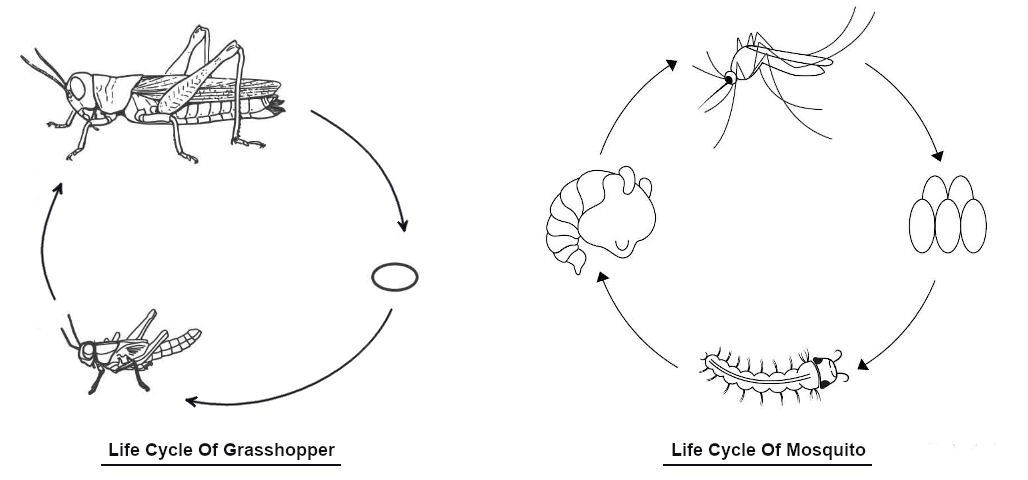
Based on the diagrams above, state one difference between the life cycles of the grasshopper and the mosquito.
Solution:
The grasshopper has a three-stage life cycle while the mosquito has a four-stage life cycle.
Explanation:
The grasshopper has an egg, young and adult stage while the mosquito has an egg, larva, pupa and adult stage.
| Continue Learning | |
|---|---|
| Life Cycle - Flowering Plant | Animal Life Cycle |
| Matter | Light |
Test Yourself
Darrius compared the life cycles of a butterfly and a cockroach as shown below. Which of the following comparisons is incorrect?
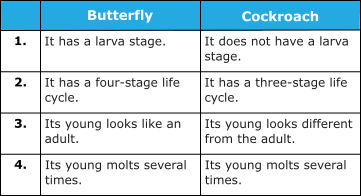
The young of the butterfly does not look like its adult while the young of a cockroach looks like its adult.
Jasmine observed animals E and F and recorded the number of days that they spend at each stage of their life cycle before developing into an adult.
| Days Spent In Each Stage Of Its Life Cycle | Animal E | Animal F |
|---|---|---|
| egg | 5 | 8 |
| larva | 9 | 5 |
| pupa | 8 | 12 |
Both animals eat plants at their larva stage.
Based on the information above, some students came up with the following conclusions about animals E and F.
1: Animal F lives longer than Animal E.
2: Animal E eats more plants than Animal F.
3: Animals E and F have three stages in their life cycle.
4: Animal E spends more days as a larva than Animal F.
Whose statement(s) is/are definitely correct ?
It is not possible to tell which animal lives longer as the number of days spent in the adult stage is not given. There is no information given on the amount of food eaten by the animals. Both animals have four-stage life cycles.
Which one of the following correctly shows the life cycle of a dragonfly?
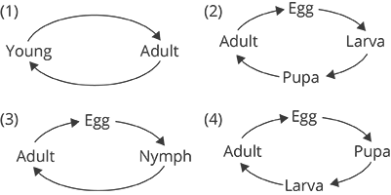
Dragonfly has 3 stages in its life cycle.
The diagram below shows the life cycle of a mealworm beetle. If W represents the adult stage, at which stage does the process of moulting take place?
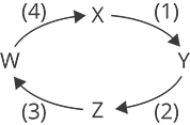
If W is the adult stage, then X is the egg stage, Y is the larval stage and Z is the pupal stage. Moulting occurs between the larval stage (Y) and the pupal stage (Z).
Amanda and Billy found a pupa in the school garden. They wrote the statements below after observing the pupa for two weeks.
1: The pupa is changing into an adult.
2: The pupa is moulting.
3: The pupa does not need air.
Which of the statement(s) is/are false?
During the pupal stage, changes are taking place to develop into an adult. It is still a living thing. Hence, it needs air to survive.
However, it does not moult.




 SG
SG  VN
VN 

